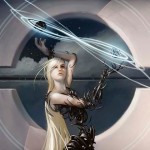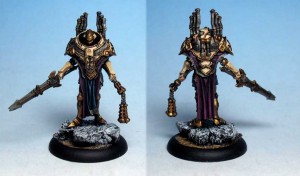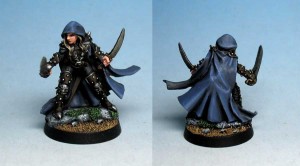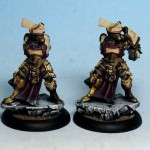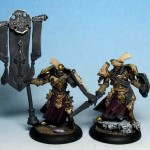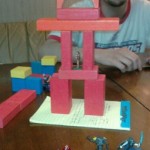To help keep motivated after spending a fair bit of time on my exemplars’ armor, I switched up things a bit and started working on some side projects. I found a couple Hordes figures I had started to work on and forgotten about, and started work on some figures for a new RPG campaign.
The change of pace has helped me keep productive, but the subject matter isn’t really helping the problem I mentioned previously of not pushing my skill. It seems like a lot of my RPG figures tend to get rush jobs – especially the plastic ones. But at least it’s still painting; I’m building momentum. 🙂
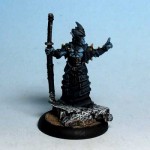
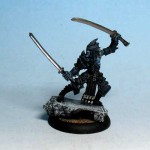
The first couple miniatures are the Unit Attachment for the Blighted Swordsmen of the Legion of Everblight. They’ve been sitting on my desk in an almost-complete state for ages but I finally got back to working on them the other day. I’m down to the last few final details and I’ll be able to seal them.
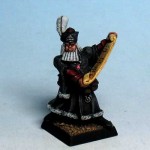
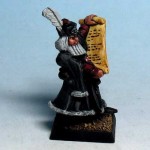
The black-robed figure is a speed paint job for an RPG character. It’s an old plastic Games Workshop wizard figure I got years ago. He’s pretty basic (and way too rosy cheeked at the moment) but makes a good pompous little wizard.
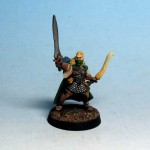
The last figure is one that I’ve actually painted before, but I’ve gone back and rebased. I’m thinking on starting to do this on more of my figures as I get time. Since their tabs are already glued into the base it’s just a quick series of tasks:
- Paint watered-down PVA glue on the base
- Dip the base in sand
- Paint watered-down glue over sand
- Paint
- Seal
- Add static grass
It’s something that should be easily done while I’m waiting for other other figures to dry, and will help make some of my older figures look more ‘finished’. They never see table time other than in role-playing games where it doesn’t really matter, but I’ll be happier with them.
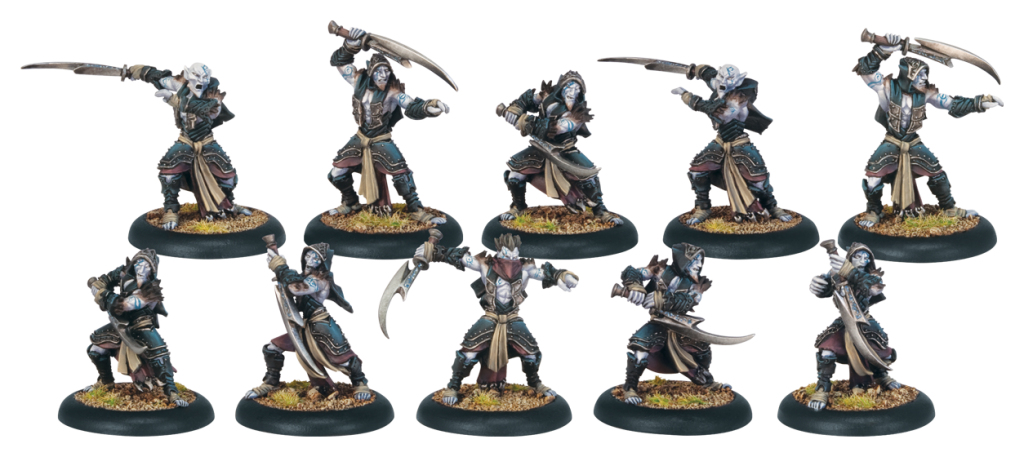
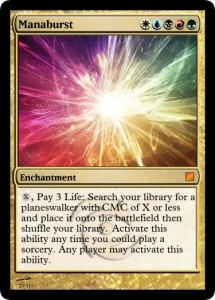
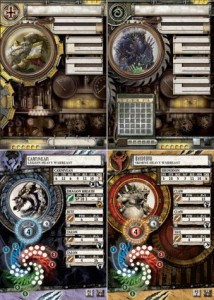
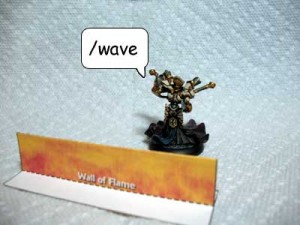
 Ada
Ada